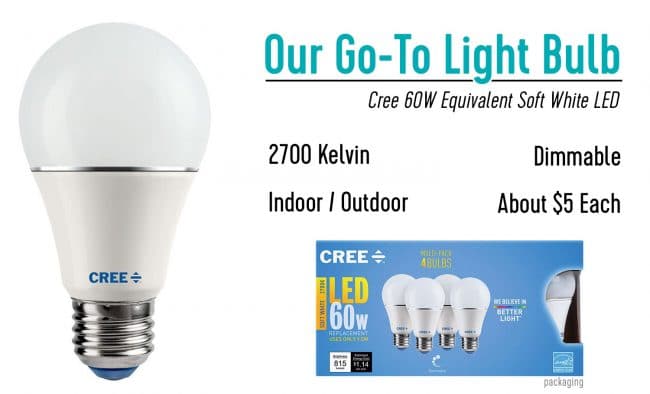I am, shall we say, particular about my light bulbs. And as we switched over our entire house to LED bulbs recently, I wanted to make sure I got it right (especially since one big pro of LEDs is that you won’t have to replace them for years – maybe even decades. So in this post we’ll cover everything from our favorite general use LED light bulb to some fancy-schmancy, special use bulbs too.
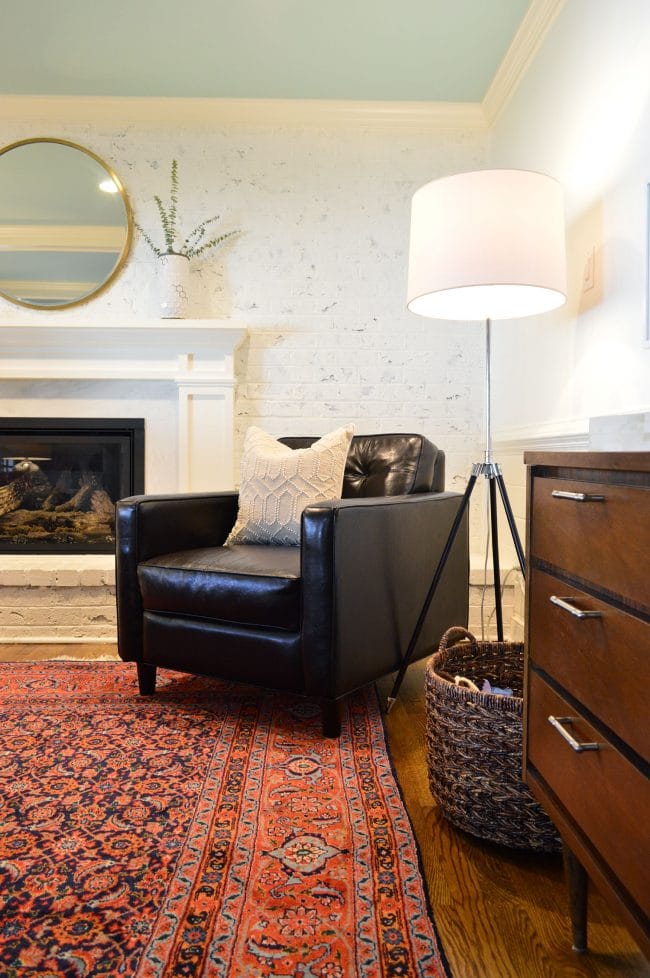
“Buying Bulbs Used To Be So Easy“
That’s a direct quote from my mom when she texted me about what LED bulbs to buy. While I’m not 100% certain what “heyday” of light bulb shopping she’s referring to, I can completely relate to the sentiment. The classic incandescent light bulbs are being phased out and the once-newfangled CFL bulbs are looking downright oldfangled these days compared to LEDs.
LEDs used to be crazy pricey, but have come down in cost considerably, meaning it’s finally practical for everyone to make the switch. Our favorites still aren’t as cheap as CFLs (they’re about $5/bulb) but they say the average person recoups that cost within a year or so by lowering their electric bill with their use. So off we set to upgrade our house to LEDs.
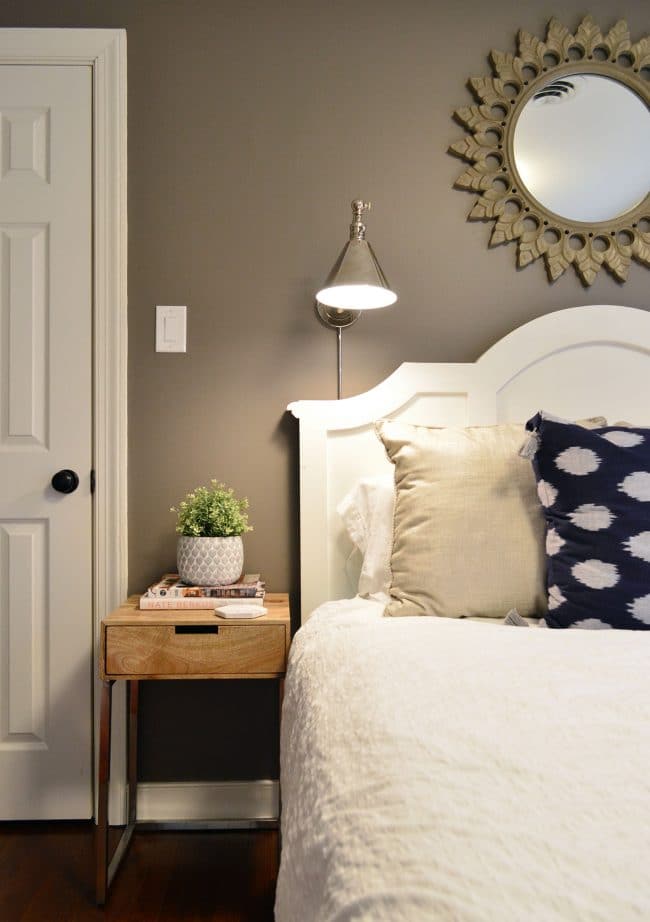
A Simple Way To Read A Light Bulb’s Label
Let’s talk about two intimidating terms on LED packaging: Kelvins and Lumens. They’re not nearly as complicated as they sound and (spoiler alert) you can mostly get away with ignoring them.
Here are a couple of stupid word tricks I use to remember what those two mean (warning: cheesy mnemonics coming up):
- Lumens are about brightness, or how much light a bulb gives off (both L words!). Alternately, you can think of it as how much it will illuminate a space. More lumens = more light.
- Kelvins is about color temperature, or how warm (yellow) or cool (blue) the light is. The more Ks a bulb has, the kolder the temperature will be (both K words…sorta). So a 4000K bulb is cooler (bluer) looking than a 3000K bulb.
But the good news is that most light bulb packaging still includes familiar shorthand. “Lumens” often correlates to a “wattage equivalent.” So if you’re currently using a 60 watt bulb in a fixture, you should be fine putting a 60-watt-equivalent LED in its place (typically around 800 Lumens). There are exceptions (like specialty LED Edison bulbs that have much lower light output) so it’s helpful to double-check the lumens on a label. But if that’s too much for your noggin to process – like it is for me sometimes – don’t fret.
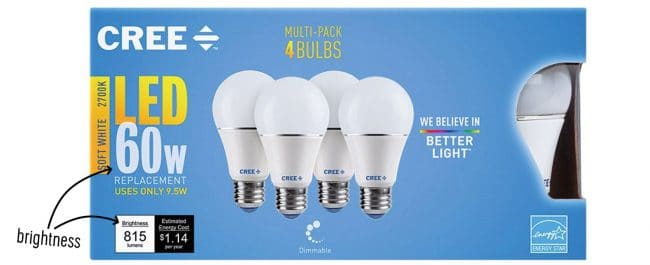
Kelvins also has a plain English correlation, and that’s to terms like “warm white,” “soft white,” or “daylight.” Although these descriptors seem to be applied somewhat standardly, I’m a true maniac about color temperature so I always verify the Kelvin rating. Our go-to is a 2700K bulb, which is usually called a “soft white” bulb.
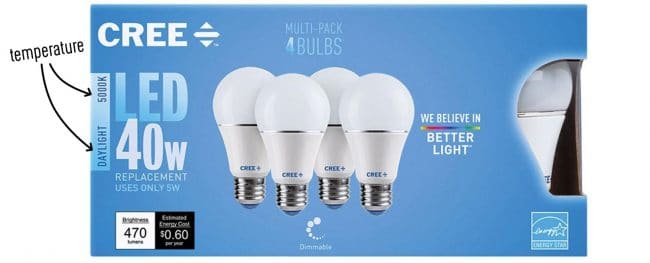
Here are the 5 types of bulbs you’ll find in our house, starting with the heavy hitters and then moving to more special-use bulbs:
Our Favorite General Use LED Light Bulbs
Our Go-To Light Bulb For Most Locations
You’ll find this Cree 60W Equivalent Soft White LED light bulb in most of the fixtures in our house – lamps, overhead lights, sconces, etc. The price is one of the most affordable we’ve found, they sell them in bulk (so stock up on 4-packs!), and there’s not any sort of delay or humming that we’ve had with other brands.
We stick to 2700K bulbs for the sake of consistency and simplicity, and only in some cases use corresponding 40W equivalents for a slightly dimmer light (like in sconces). There’s also a candelabra version if you need that. And if you have recessed lights, here’s a soft white dimmable version of those that we love.
The Best LED Bulb For Exposed Fixtures
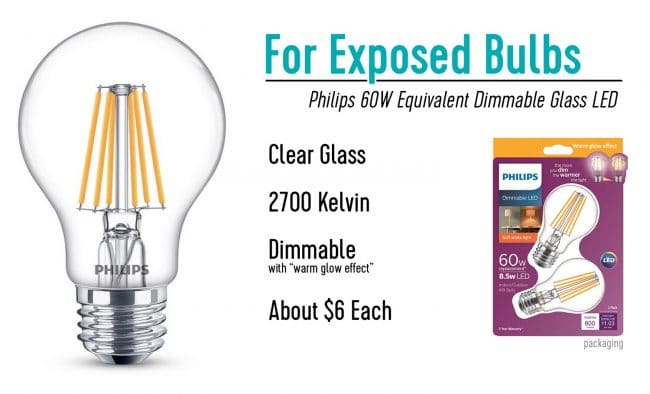
This Philips 60W Equivalent Clear Glass bulb offers the same light as our go-to Cree bulb, but the clear glass cover and Edison-esque filaments made it a better choice for exposed fixtures where the bulb is visible. There’s also a candelabra version of this bulb for chandeliers and such.
Our Favorite Speciality LED Light Bulbs
The Best Dusk-To-Dawn LED
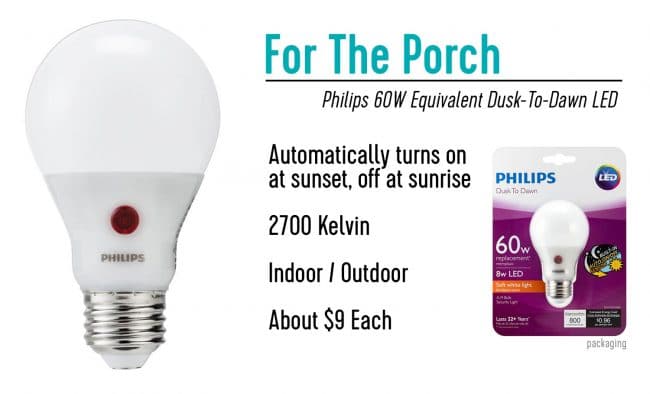
This specialty Philips Dusk To Dawn LED bulb incorporates a light sensor (that red dot) which allows the bulb to automatically turn itself on as the sun sets and then off when the sun rises. We put these in our front porch lights, meaning we no longer need to flip them on and off each day.
The Best LED Utility Light
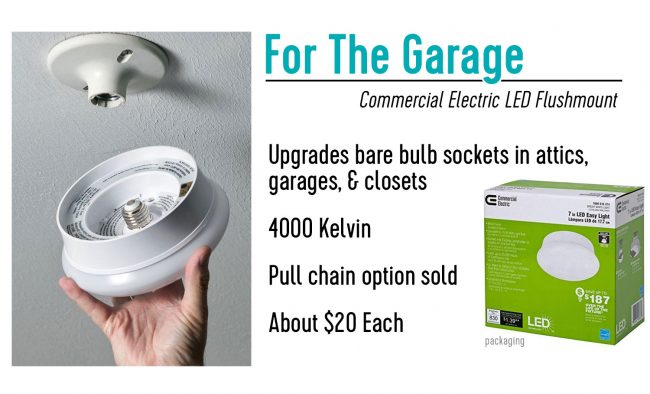
This is one area where I make an exception to my soft white rule. In work spaces or storage spaces like closets, garages, attics, or sheds, we’re not after that cozy “warm glow” of a soft white bulb – we need a bright, crisp light to find what we’re looking for! Our garage used to have two bare, incandescent bulbs struggling to illuminate the space. We swapped in two of these LED Flushmount Replacement fixtures that screw into a plain ol’ light bulb socket, making it look a bit more finished AND giving off a brighter cast (here’s a similar version that Amazon Prime-able). Suddenly things that were barely seen before are a lot easier to clearly find/see/use (which is a good thing when it comes to saws). They also sell a version with a pull-chain, in case you need that option too.
The Best Smart Bulb
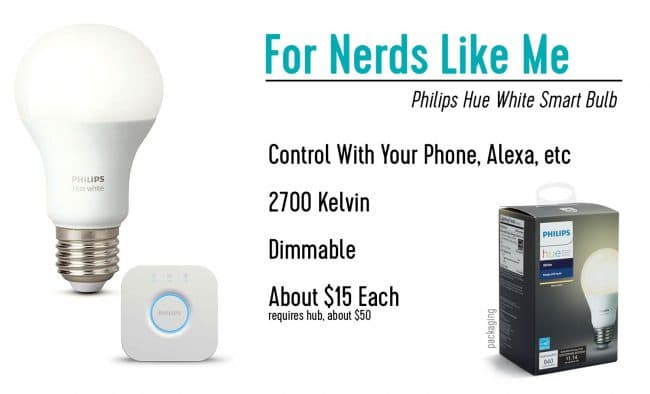
Lastly, for anyone else who’s incorporating smart home technology into our house, I’ve found these Philips Hue White bulbs to be an affordable way to go (I’ve also more recently tried these TP-Link Smart Bulbs, which don’t require an additional hub). They offer the same basic benefit of other smart bulbs: you can control them with your phone or your smart home speaker like an Amazon Alexa or a Google Assistant. We even set up special routines so when we say “Alexa, Goodnight” downstairs as we walk out of the living room, our living room lights turn off and our bedside table lamps turn on upstairs to light the way as we walk in. I know, I’ve gone full nerd (and I couldn’t be happier). But unlike the pricier Hue Color Ambiance ($50), which can change to any color in the color spectrum, or the Hue White Ambiance ($29), which can change to any color temperature, these basic Hue White bulbs only produce my favorite 2700K, soft white light… and are downright cheap by comparison ($15).
So those are all of my time-tested, bought-them-with-my-own-money, favorite LEDs. And while they’re perfect for our house and our eyes (or at least my “special” eyes as Sherry likes to call them when I’m being particularly neurotic), I would recommend testing out a bulb or two in your home before committing to a houseload of new light bulbs. You may find that you have a different preference than us, and that’s fine… just as long as it’s not Daylight bulbs.
Just kidding.
Sorta. Maybe not. ;)
P.S. For another post all about lights (and how to make certain fixtures look good together if multiple rooms open to one another) here’s a post all about that.
*This post contains affiliate links*
